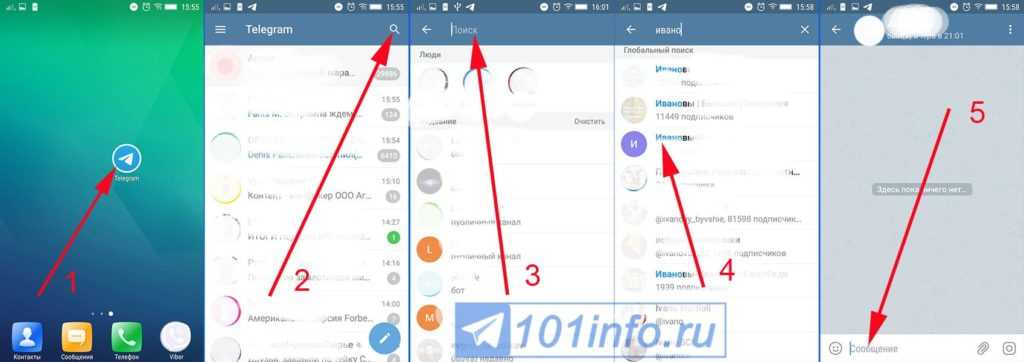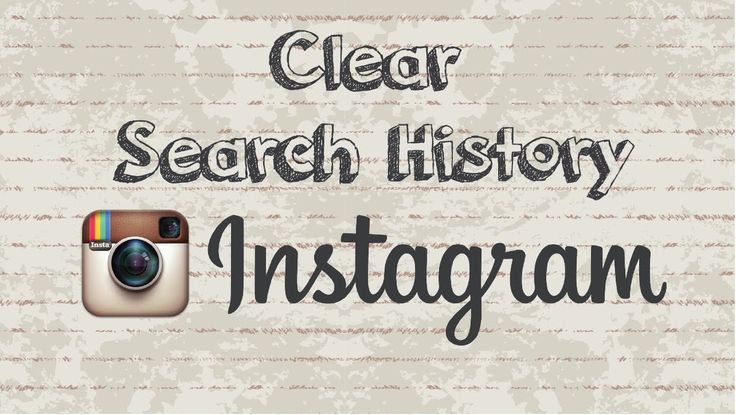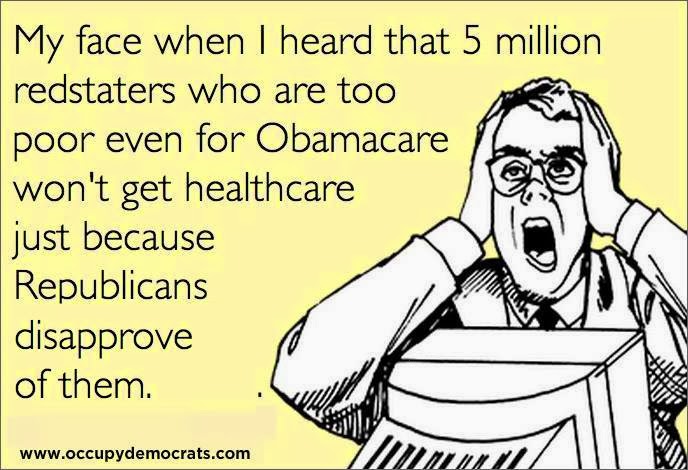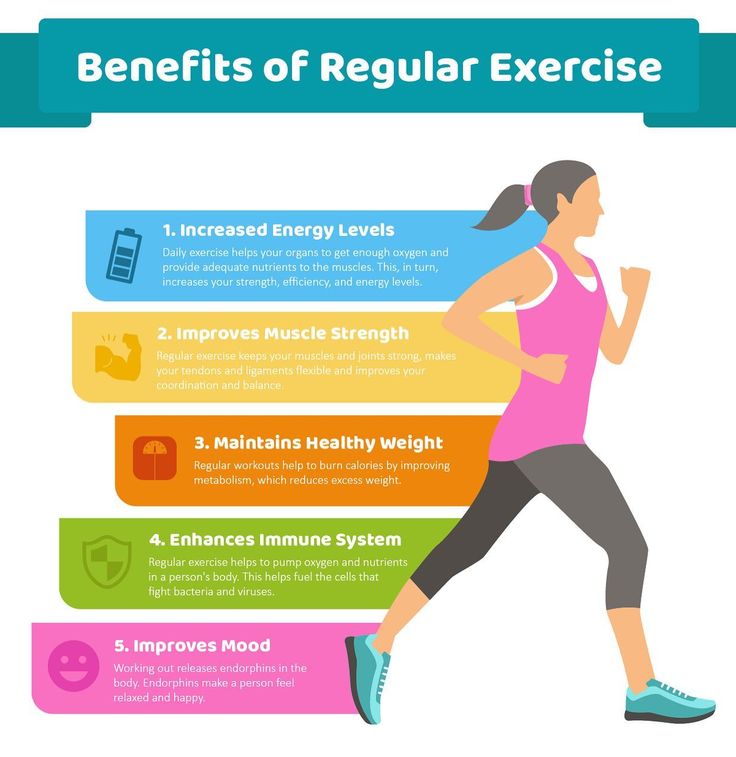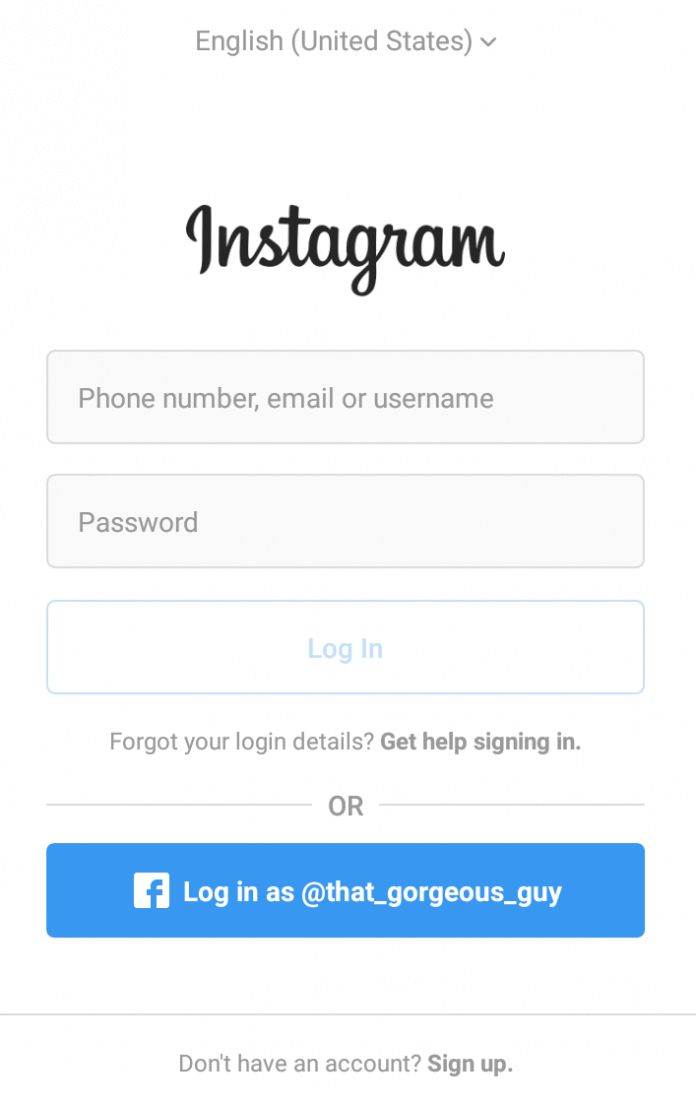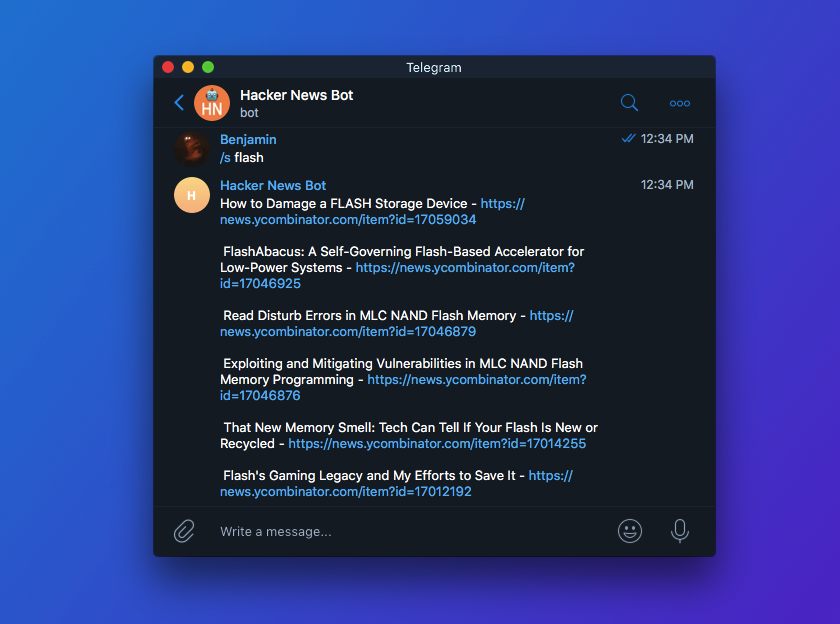How to find a specific sponsored ad on facebook
How to Find a Sponsored Ad on Facebook
Once in a while, we all get seduced by ads. Even though we might not need the product or service they are promoting. With Facebook being the ginormous social network that is, lots of people turn to this platform for all their needs, including advertising. If you too want to know how to find a sponsored ad on Facebook, read on. We try to provide you with an answer and other important information about sponsored ads.
What are sponsored ads?
Sponsored ads on Facebook appear seamlessly in your news feed amongst other posts from your friends and the people and pages you follow. These kinds of ads seem genuine posts which can be liked, commented on and shared just like any other post. A small disclaimer reading “Sponsored” tells you it’s a sponsored ad or update.
So for those wondering how to find a sponsored ad on Facebook, the answer is you don’t have to find it. The ad will find you. Basically, when building up an advertising campaign on Facebook, marketers narrow down their target audience. Based on your likes and interests, you will be shown ads that might appeal to you.
How to find a sponsored ad on Facebook?
There are times when you see an ad in your Facebook feed and, for one second, you find yourself wondering who posted that? Then you realize it’s not a post by one of your friends but a sponsored ad. Then you scroll through your feed you remember the ad and would like to see it again but don’t know where to find it. This has surely happened to you as well and you struggled to find out how to find a sponsored Ad on Facebook.
Well, in this case, there is a solution called “Recent Ad Activity”. But it works only if you clicked an ad and want to see it again. This section shows users the past three months of ads they liked, clicked on, commented on or shared.
Or, given you’ve shown interest in that type of ad, you could wait patiently and continue scrolling as chances are you’ll see the ad again. Because you will most likely be retargeted.
Why should businesses use sponsored ads?
Besides learning how to find a sponsored ad on Facebook, it’s also essential to understand why businesses should pay for and use sponsored ads.
Facebook sponsored ads are very effective and should be a part of any business’s social media advertising campaign. Catchy, creative sponsored ads can help businesses raise brand awareness, reach target audiences and convert leads.
This is so because Facebook users are the most engaged social media consumers. Thus, are most likely to click on ads to go visit a business’s website.
More than 65 million businesses all around the world have a Facebook page. Around 4 million of them create and run ad campaigns on the platform. It’s easy to see why Facebook has become the place to be for companies that want to promote their products.
Facebook sponsored ads are important for businesses because:
- these ads can help them reach more potential customers;
- promote their products or services;
- create a stronger link between their brand and their clients through social media engagement.
Why pay for sponsored ads on Facebook?
Facebook no longer allows all of a business’ fans, followers and subscribers to see all their posts for free. Any marketer wanting to use the social platform has to pay for Facebook advertising in order to make sure that their posts get the reach they expect.
Any marketer wanting to use the social platform has to pay for Facebook advertising in order to make sure that their posts get the reach they expect.
However, Facebook sponsored ads are quite affordable for any business, regardless of its size and advertising budget, as they are cost-effective. Actually, Facebook’s cost per click (CPC) is cheaper than the majority of online advertising platforms. For those who want numbers, the average cost per click for all countries stands at $0.97 at the moment. The highest is in the Czech Republic ($2.09) and the lowest in Switzerland, Croatia, and Cyprus ($0.75).
If you’re wondering why pay for sponsored ads on Facebook, know that the platform’s targeting system is exceptional. It will ensure you get rid of any out-of-market clickers and reach the right audience. Thus, increase your chances of finding new qualified leads.
Sponsored ads and competition
In today’s competitive marketing environment, chances are high that your competition is also using Facebook as an advertising platform.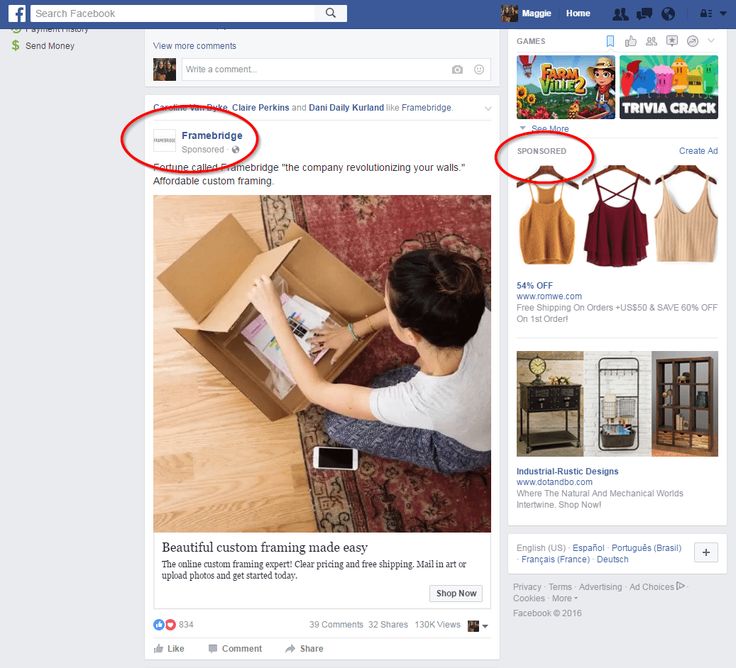 It’s always a good idea to keep up with the trends.
It’s always a good idea to keep up with the trends.
Knowing how to find a sponsored ad on Facebook is not enough. It’s also important to know how to create the best ads out there and be aware of what your competition is doing every step of the way. A great tool that can help you in this regard is PowerAdSpy. It provides you with a database of 5 million ads from 15 different countries.
PowerAdSpy is an easy-to-use Facebook Ad-Intelligence tool designed for social media advertising. It comes with an intuitive dashboard and lots of useful features that help users to create comprehensive social ad campaigns with powerful sources. Moreover, the tool allows you to discover your competitors’ advertising secrets by spying on their ads. You can thus learn what works for them and apply successful strategies to your own business.
Conclusion
Facebook sponsored ads have the potential to increase sales in any advertising campaign. That’s a fact. But it is always a good idea for businesses to do their research before throwing money at them.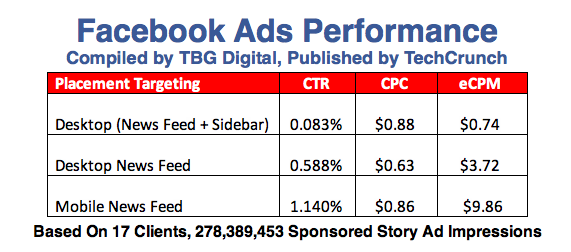
A poorly written ad campaign can do more harm than good. So it’s important to learn how to find a sponsored ad on Facebook in order to be able to do your research and then create appealing, qualitative ads for your target audience.
Start Your Free Trial Today
How to View Other Brands' Ads on Facebook and Twitter
Need a little inspiration for your Facebook ads?
How about your promoted Tweets?
If you’ve ever Googled something like “best Facebook ads,” then you’re going to want to know about this.
Wanna know how to find sponsored ads on Facebook and Twitter? We got you covered.
Both Facebook and Twitter have taken steps to improve transparency on their networks – especially when it comes to advertising.
One of the results?
You can now look at a Facebook Page and see all of the ads they’re currently running, whether or not you’re in the audience that was selected for those ads.
How to find sponsored ads on Facebook
Step 1
If you want to do a Facebook ad search, to find the ads that a Facebook Page is currently running, start by visiting that Page, then find Page Transparency on the lefthand side:
Step 2
Clicking on ‘Page Transparency’ will take you to a page displaying all of that account’s information. To view current ads running by that page, just click on ‘Go to Ad Library’ at the bottom:
To view current ads running by that page, just click on ‘Go to Ad Library’ at the bottom:
This will take you to a page with full transparency of all the ads that are currently live. You can even filter those ads by the country in which they run, too:
How to find sponsored ads on Twitter
Seeing a Twitter account’s promoted Tweets has got a little more complicated recently.
Twitter’s Ad Transparency Center used to allow you to search for a Twitter account, then see a list of the Tweets they’d promoted within the past week.
But, that system for checking no longer exists. The only way you can see if a tweet is promoted is by the little promoted tag in the bottom left of the tweet. So to find a promoted tweet from your competitors you’ll have to spend some time scrolling around hunting out the promoted content manually.
Twitter has made its rules for advertising much stricter and if you want to promote tweets to call people to action (for example for a political movement) you need to apply for a cause-based advertiser certificate.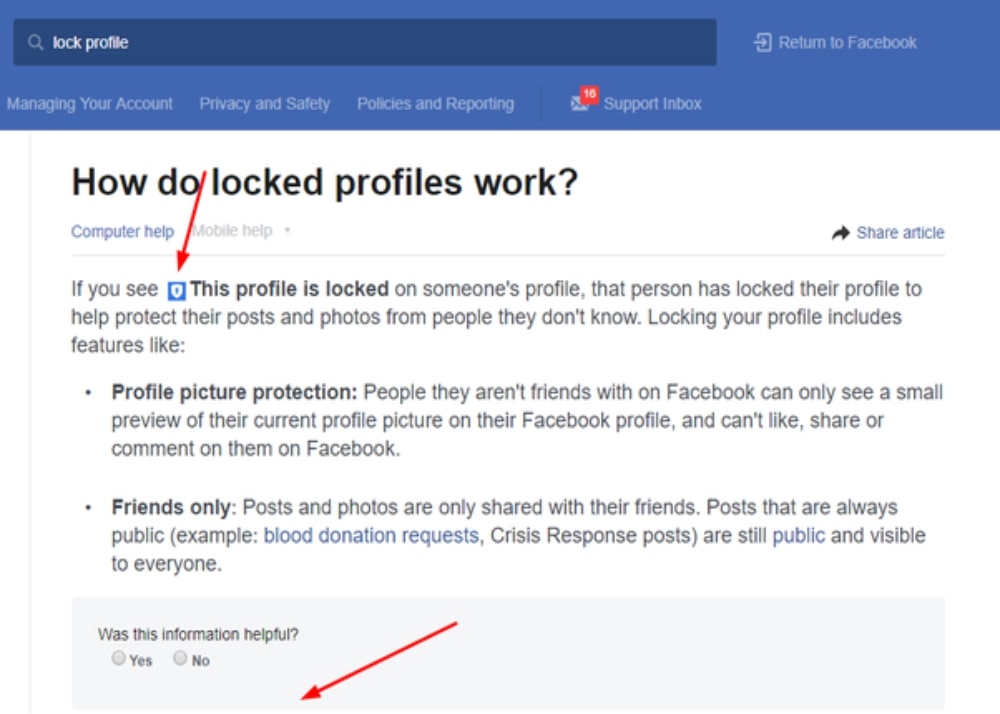
How to learn from someone else’s ads
Now you know how to search ads on Facebook, it may be tempting to creep on all the ads your competitors are running.
You’re not gonna learn much from that, though.
(In fact, it could lead you pretty far astray.)
Instead, try to find inspiration in brands that communicate the way you do – whether or not you’re in the same industry.
Every brand has a unique voice, and using that voice effectively in ads can work a little differently from using it in other places.
If you’re not sure where to start – or whether you’re doing it as well as you could – it might be worth seeing how brands with voices similar to yours are doing it!
For example, maybe you want to see what kinds of ads are being created by brands that you follow, the new transparency section even shows how much companies spend on their ads:
Or maybe you want to see what kinds of content brands are creating and promoting just on social media:
Use ads as a source of inspiration
These resources are great for giving yourself a clearer picture of the types of content other brands have invested in – not so you can do exactly what they’re doing, but so you can understand how they’re doing it!
Now you know how to see ads on Facebook, you can develop a better overall understanding of how other brands approach their ads.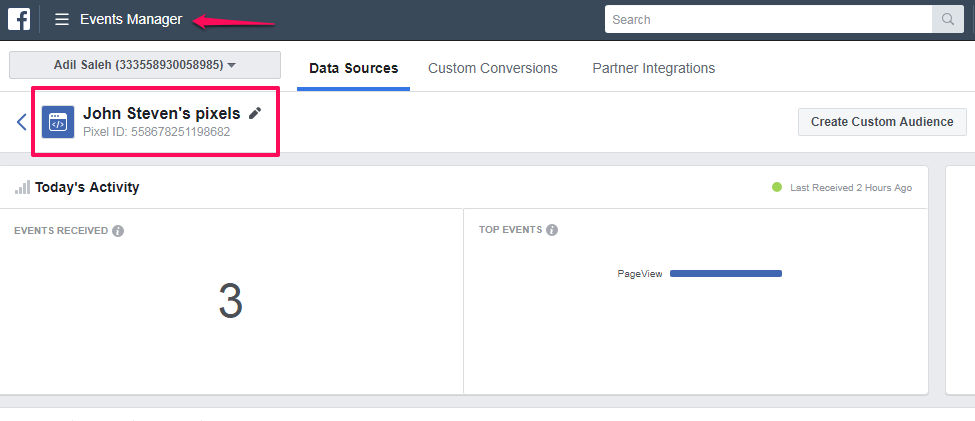 It makes it easier to plan your own content- so take a look around, see what you find, and get some inspiration!
It makes it easier to plan your own content- so take a look around, see what you find, and get some inspiration!
What is Facebook Advertising: Creating an Ad - Definition
Facebook advertising is a way to promote a brand, goods and services through a multi-million dollar social network using advanced technology. Facebook allows you to create catchy and effective ads that you can target your target audience for little money.
According to Statista, eight million companies were actively advertising on Facebook in the first quarter of 2020. Last year, advertising brought the social network 69billion dollars, while all other activities brought in less than $2 billion.
The Facebook team regularly improves its marketing tools to improve the quality of advertising and make it as useful as possible for both the audience and entrepreneurs. Let's find out why Facebook advertising is an effective assistant in attracting new customers and promoting your business.
4 reasons to use Facebook ads
- Large auditorium
- Targeting options
- Profitability
- Effective tools for success
There are a number of factors that make Facebook an ever-growing advertising platform. The following five are beneficial for both small companies and large businesses:
- Large audience. Facebook has 2.6 billion active users in 2020. This is more than a third of the total population of the planet and their number continues to grow. That's why on Facebook you can easily find your audience and tailor your ads to them. nine0012
- Targeting options. Facebook Ads, in addition to basic targeting by age, gender and location, allows you to customize ads based on customers' shopping experience, their family composition, place of work, profession, and so on. Facebook helps you target ads with great precision to teenagers, teachers, drivers, doctors, and so on.
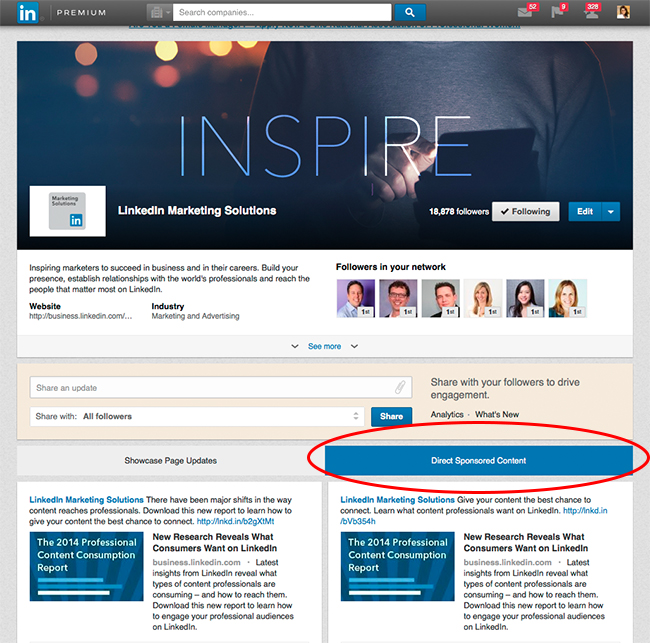
- Profitability . The cost of advertising on Facebook depends on three factors: your marketing goals, the length of the campaign, and your targeting settings. Facebook claims that you can run high-impact ad campaigns on any budget. nine0012
- Effective tools for successful work. For example, you can create compelling ad creatives, build different types of audiences, schedule posts and promote posts, set ad schedules, and more. Facebook tools help you grow hot leads and convert them into customers.
Let's analyze some data to understand why Facebook ads are worth your effort.
Facebook advertising effectiveness
- Facebook ad CTR
- Facebook ad conversion rate
Below we will look at two key metrics - CTR and conversion rate - to analyze the performance of Facebook ads.
Facebook ad CTR
The average click-through rate for Facebook ads is 0.9%. The lowest CTR for vocational training companies is 0. 47%, while the highest for the legal industry and retail is 1.6%. Here is the average CTR by industry from the WordStream report. nine0003
47%, while the highest for the legal industry and retail is 1.6%. Here is the average CTR by industry from the WordStream report. nine0003
Facebook ad conversion rate
The fitness industry has the highest conversion rate at 14.30%, while technology and hospitality companies have the lowest at less than 3%. Compare the conversion rate between other industries in the report below.
Even though the CTR of a Facebook ad doesn't look impressive, it still delivers the desired conversions and money thanks to precise targeting parameters and a large audience. nine0003
Ways to create Facebook ads
There are two ways to create advertisements:
- Through the Advertising Center on the Facebook page or the “Promote” button
- Via Facebook Ads Manager
Facebook Ads Manager is a professional tool that allows you to efficiently target, create audiences, select ad objectives, create ads and ad groups, track performance, and generate reports. nine0003
nine0003
Below you can see what the campaign creation page looks like in Facebook Ads Manager. A navigation bar is displayed on the left, and settings for each element are made on the work field. So step by step you create your advertisement.
Please note that Ads Manager has a number of useful features for professional ad customization and effective budget management. These features include:
Possibility to set the ad display schedule. nine0025 If your target audience is more active in the morning and evening hours, then you can stop showing your ad, for example, from 12 to 16.00. This approach saves money.
Create different audience groups. You can create a Custom Audience in Ads Manager if your ad belongs to a custom ad category, Lookalike or Custom.
Suppose you posted a video about a new product on your page, now you can form different audience groups based on the duration of views and then create a relevant ad for each of them. Check out the screenshot below. nine0003
Check out the screenshot below. nine0003
A/V testing. With it, you can determine which advertising will be most effective. You can test ad creative, audience, placement. A/B testing on Facebook allows you to measure the results of changes in advertising or quickly compare two strategies to achieve your goals.
And that's not all the benefits of setting up ads through Facebook Ads Manager. It takes time and practice to understand all the subtleties. However, it is not as difficult as it might seem at first. In this case, the main thing is desire, patience and attentiveness. nine0003
And if you want to try running ads today and are not ready to spend time studying your ad account right now, use the Ad Center right on your Facebook page.
You can read more about the differences between the two tools in the Help Center. However, in a nutshell, the Advertising Center is an easier way to promote your company, products, and services. With it, you can promote posts or the page itself, drive people to your site, and create other types of ads. nine0003
With it, you can promote posts or the page itself, drive people to your site, and create other types of ads. nine0003
Creating an advertising campaign through the Facebook page
- Go to the Advertising Center
- Select destination
- Create an advertisement
- Define the target audience
- Set the duration and budget of your campaign
- Set payment method
Now, let's see how to create advertisements directly from your Facebook page. Follow the step by step guide below to set up your first campaign. nine0003
Step 1: Go to Advertising Center
Open your Facebook page and in the menu on the left click on the "Ad Center" tab, then on the right click on the blue "Create Ad" button. After that, a page with goals will appear in front of you.
Another way to open the goals page is on your main page in the menu on the left, just click on the blue “Promote” button.
Step 2: Select target
Campaign goal determines which types of Facebook ads you can create. They may differ for different pages. For example, for our Big Box page, only 5 goals are available so far:
They may differ for different pages. For example, for our Big Box page, only 5 goals are available so far:
- Attract visitors to the site . These ads help direct users to specific pages on your site to learn more about the brand, its products and services.
- Promote a publication. Engage users through newsfeed posts. Promotion of the publication helps to increase impressions, as well as increase the number of likes, comments, reposts.
- Promote the Page. nine0025 With this type of ad, you can increase user engagement with your Page posts, attract followers and leads, and increase brand awareness.
- Promote the company locally. Such advertising is aimed at attracting an audience that is close to you. To do this, set up local targeting, indicating the city, district, point on the map or coverage radius in kilometers.
- Increase the number of leads.
 nine0025 Ads based on this goal will help to attract subscribers for email marketing and Facebook Messenger chatbot, as well as encourage users to interact with the brand in different ways.
nine0025 Ads based on this goal will help to attract subscribers for email marketing and Facebook Messenger chatbot, as well as encourage users to interact with the brand in different ways.
For clarity, let's choose the goal "Promote Page".
Step 3: Create advertisement
After selecting a goal, you will be taken to the Ad Creatives setup page. Write the text of the ad or leave the one that will be specified by default. In our example, this is "Contact the Big Box Page". nine0003
Then select the appropriate ad format. There are 4 of them in total:
- single image;
- single video;
- slide show;
- carousel.
Available ad formats depend on the target selected in the previous step. We chose "Promote Your Page", so the carousel format is not available to us. In order for ads to be the most effective for each type of ad, Facebook offers specific creative formats. In this case, you can upload an image or video.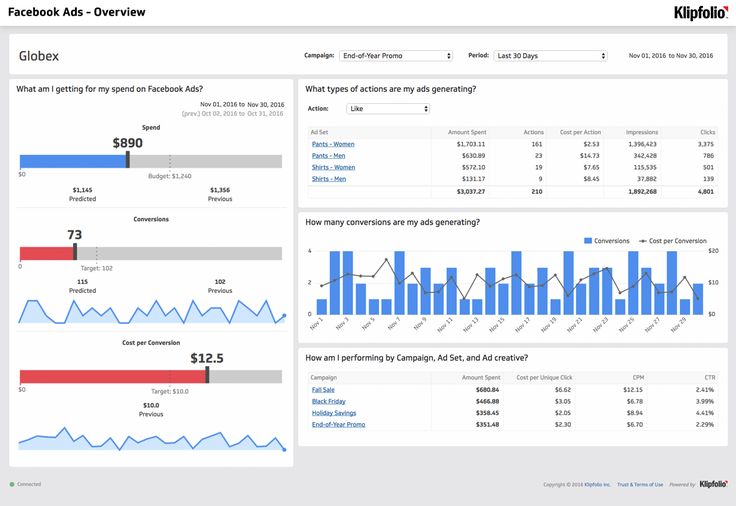 To do this, click on the download button as shown below. nine0003
To do this, click on the download button as shown below. nine0003
Step 4: Define the target audience
Facebook provides the most accurate targeting options. First, you can target based on location by country, city, or mileage to reach local users. Secondly, you can choose gender, language, interests, behavior and more. More precise targeting options, such as excluding certain user groups, are available in Ads Manager. nine0003
To create an audience for an advertising campaign from your page, you need to scroll down a little and click on the "New" button in the "Audience" section. After that, you should give the audience a name, then choose the gender, age, location, interests and behavior of potential customers. We narrowed down our audience to women in their 20s and 30s from Kyiv who are interested in fitness and a healthy lifestyle. As you can see, our potential audience is 370 thousand people. nine0003
You can also select "People Near You". This will allow you to attract an audience within a radius of one or more kilometers from a certain point. An interactive map will help you determine the specific location of your target audience.
This will allow you to attract an audience within a radius of one or more kilometers from a certain point. An interactive map will help you determine the specific location of your target audience.
To expand your audience, you can use Lookalike Audience. To do this, you need to configure the Facebook pixel. Then, based on your existing audience, the social network will select similar users, which will help increase the number of leads. nine0003
Step 5: Set the duration and budget for your campaign
Once you've specified your target audience, set the number of days to show ads and the amount you're willing to spend. You can select "Show this ad continuously" or "Choose an end date".
When defining the budget, note that you are setting a daily spending limit. That is, if you run an ad for four days and specify the amount of $3, then the cost of the advertising campaign will be $12. nine0003
Step 6: Set payment method
Facebook allows you to pay for services via PayPal or a bank card. If the social network previously provided you with an advertising coupon, you can mark it and then enter the coupon code.
If the social network previously provided you with an advertising coupon, you can mark it and then enter the coupon code.
To verify a bank card, Facebook will ask you to deduct up to one dollar from it. After linking the card, the money will go back to your account.
The following shows how to select a payment country and currency, and add a payment method. nine0003
Now that the ad is set up and the payment method is selected, check all the details and click the "Promote" button.
How to track the effectiveness of Facebook ads
To see the performance of an ad, go to your Ad Center page and click View Results next to the ad you want to see. Next, you'll see reach, engagement, and reactions.
You can also see the breakdown of the audience by age and analyze the effectiveness of advertising depending on the placement. nine0003
To track campaign performance in more detail, use Facebook Ads Manager.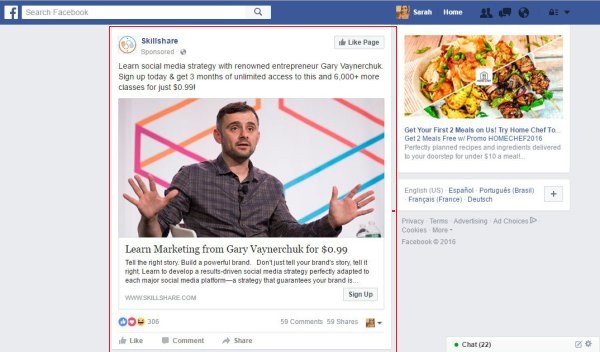 In it, you can use filters to narrow down the amount of data in your reports and more effectively target and define target audiences.
In it, you can use filters to narrow down the amount of data in your reports and more effectively target and define target audiences.
Detailed reports help analyze the effectiveness of advertising campaigns and see if advertising costs for interaction with a particular category of users pay off. Tracking results is important to narrow your audience and exclude “non-target” customers to cut costs. Or vice versa, to identify users and ad placements that need to spend more money to get the desired profit. nine0003
How much does advertising on Facebook cost
The price depends on several factors:
- Time . The time of year, day of the week, and even the hours you choose to run your ads can affect their performance and your entire ad budget.
- Betting strategies . A stake is the amount of money you choose to pay for a specific action. You can choose to pay by CPC, CPM, cost per like, cost per app install.
 nine0012
nine0012 - Advertising placements . The display of your ad in the news feed on a mobile device or computer may also affect the cost of an advertising campaign.
- Target audience . This setting is critical, especially if there are many other advertisers targeting the same audience as you. In this case, the cost per click and thousand impressions will increase.
Let's look at another WordStream report to see the average CPC for different industries. It states that the highest CPC for an ad is $3.77 for the finance and insurance industries, while the lowest CPC for the apparel and fitness industries is $0.45 and $0.70, respectively. You can compare CPC across industries in the report below. nine0003
Look at AdEspresso's detailed report to get an idea of Facebook ad pricing.
To increase the effectiveness of Facebook advertising campaigns, you can use them to attract users to Facebook Messenger. And in the messenger, using a chatbot, answer frequently asked questions, talk about products or services, and move leads down the sales funnel.
And in the messenger, using a chatbot, answer frequently asked questions, talk about products or services, and move leads down the sales funnel.
A chatbot is a technology that works according to a pre-planned scenario and helps to unload the support service, segment leads, take orders, sell and perform other assigned tasks. nine0003
SendPulse allows you to create up to three chatbots for free. Add a virtual assistant to your online marketing strategy and see how effective it is.
Now, let's compare two tech giants who are making the most of online advertising.
Facebook ads and Google ads
The two companies are often seen as rivals. Yes, they both dominate the online advertising industry, but offer advertisers different opportunities. nine0003
Google primarily focuses on search engine advertising, which is extremely effective due to the nature of today's shopping. At any stage of the sales funnel, people use search engines to find solutions, products, services, compare different stores, prices, and more.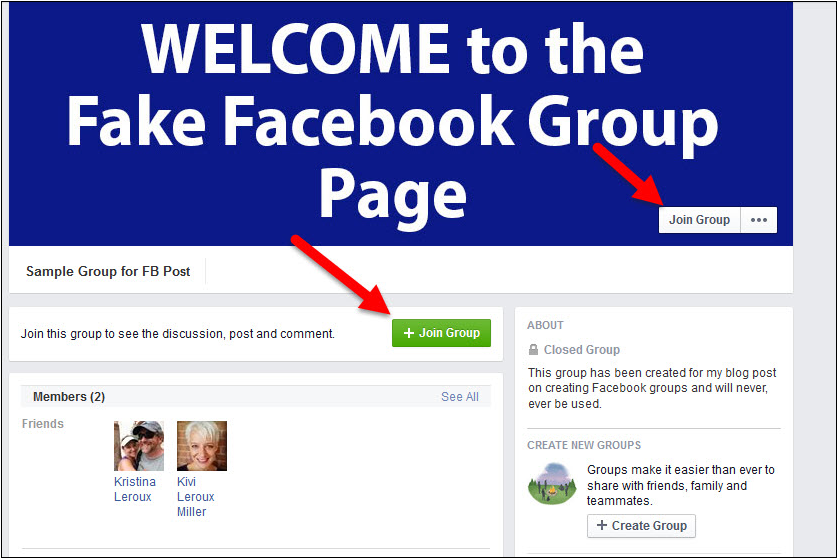 In addition, Google AdSense links advertisers to relevant sites that receive a high volume of traffic so that site visitors see relevant ads based on their preferences and behavior. nine0003
In addition, Google AdSense links advertisers to relevant sites that receive a high volume of traffic so that site visitors see relevant ads based on their preferences and behavior. nine0003
Unlike Google, Facebook is a social network, so the platform's advertising activities focus on collecting and using user behavioral data on Facebook. What Facebook and Google have in common, and sometimes make them look like competitors, is the sheer scale of their operations and their tendency to monopolize the online advertising market.
Here are some helpful tips to help you improve your Facebook ad campaigns. nine0003
Remember that Facebook advertising will only work if you do it right. Use the guidelines below to run quality ad campaigns.
Tips for Creating Facebook Ads
- Use vertical videos. Vertical or square aspect ratio allows your ad to take up most of the smartphone screen. Remember, most users hold their phones vertically while browsing the news feed.
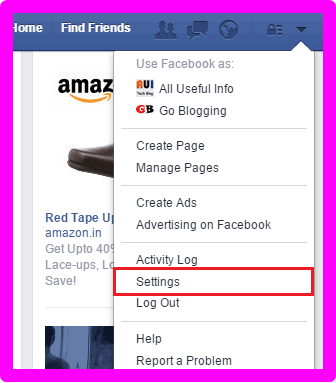 nine0012
nine0012 - Avoid or minimize text in images. Better place all text information in the title or description fields. If you still want to add text to the image, then it should take up to 20% of the image.
- Write briefly. According to the Mobile Marketing Association, it takes 0.4 seconds for people to see and recognize ads on mobile devices. Therefore, make sure that the text in your ad is short and clear, otherwise you risk not conveying the essence of the message to users. nine0012
- Use carousel format. If you have a lot of professional photos of your product, add them to the carousel to highlight different features and give a clearer picture of your brand.
- Add GIFs and videos to your ads. Dynamic ads are a great way to stand out in the News Feed, as motion captures the attention of users.
- Use calls to action. Facebook offers different CTA buttons to encourage users to interact with ads.
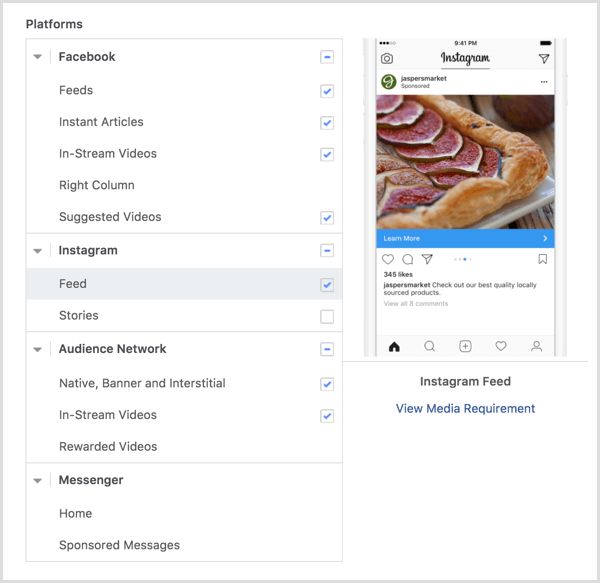 Think about what you expect from users and choose the right CTA. This can be a transition to the site, filling out the registration form or correspondence in the messenger. nine0012
Think about what you expect from users and choose the right CTA. This can be a transition to the site, filling out the registration form or correspondence in the messenger. nine0012 - Track your competitors' ads to stand out from them. To do this, use the "Advertising Library". In it you will see all the ads that are shown on Facebook and Instagram. Analyze competitors' advertising campaigns and make your offers better.
You are now ready to create your first Facebook ad campaign. We wish you success in promoting and attracting customers!
nine0002 Updated: 09/29/2022Facebook Targeting*: The Definitive Guide
Creating and preparing a page Setting up an advertising account Create a new campaign Create an ad group Audience settings Create ads Running ads Analysis of results A/B testing Facebook Ad Pixel* Checklist for self-examination
Follow us on Telegram
Understanding what is happening in the world of mailing lists and digital marketing. We publish announcements of articles, reviews, selections, expert opinions.
We publish announcements of articles, reviews, selections, expert opinions.
Watch channel
Become an email rocker 🤘
Take the free course and start your first newsletter
Learn more
I will never forget the time when I first started working with targeted advertising on Facebook*. Colleagues said that the indignation could be heard even in neighboring offices. Basically, these were statements about blocking, less often about an inconvenient and stupid interface. nine0003
The Ads Manager is really complicated. But it allows you to be very flexible in setting up ads and get great results. Face the task for the first time (or something did not work out last time) - let's figure it out together.
It is important that the Facebook* account is created with your real first and last name. The social network prohibits the use of company names or positions.
Step 1
Creating and preparing a Page
To launch targeted advertising on Facebook*, you need a Page (similar to a business account on Instagram*).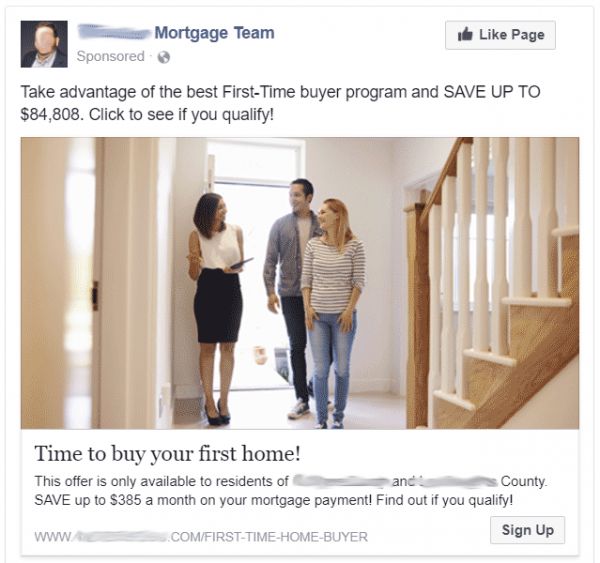 If you have it and have already been issued, you can immediately proceed to setting up your account. If not, you will first have to create a Page:
If you have it and have already been issued, you can immediately proceed to setting up your account. If not, you will first have to create a Page:
- Write the name of the Page, for example, "Online store of soft toys in Moscow."
- Specify a category. You can type a couple of letters and then choose one of the options.
- Add brief information about the company - who you are, what you do, what products or services you offer.
And click the "Create Page" button.
Then go to your Pages section and select the one you want.
The created Page needs to be prepared so that the visitor understands who you are and what you do, what and how he can buy. Blank Pages without design do not inspire confidence. nine0003
Avatar and cover
A company logo works well as a profile photo. The recommended size is 180×180px. And for the cover you need a different resolution - 820 × 312px.
It's better to upload both images in png format so that Facebook* doesn't reduce their quality. You can take images of higher resolution, the main thing is to keep the proportions.
Display of blocks
To make it convenient for visitors, you need to configure the display of various blocks: reviews, photos, general information. nine0003
Go to "Page Settings" on the left panel and open the "Templates and Tabs" section. Then choose one of the ready-made templates, for example, for services or purchases. Or set up the display of blocks manually - in the "Tabs" section.
Company information
Be sure to include your address, business hours, phone number, e-mail, website link. This can be done in the "Information" section of the top menu.
CTA button
A CTA button is a button with a call to action. Everything is simple here. You need to click "Add button" and select the desired target action: subscribe, call, register, write to WhatsApp or other.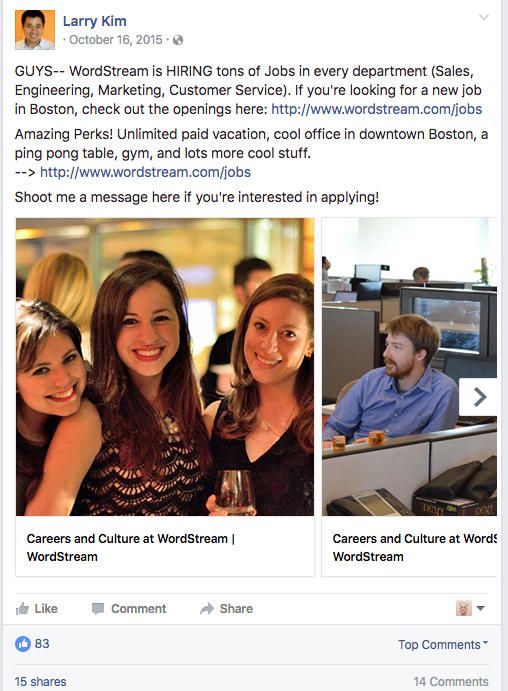 nine0003
nine0003
More
- upload photos or videos;
- add reviews;
- publish at least 5-10 posts;
- fill in the "Services" section, if you provide them;
- create a store in the appropriate section and add product cards if you sell them.
Be sure to read the Advertising Policies before setting up Facebook* ads. There are many important points.
Step 2
Setting up an advertising account
Open the Ads Manager advertising account. If Facebook* asks you to accept any agreement, such as the non-discrimination policy, please read and accept.
Click Add Payment Method.
Enter your country, currency and time zone. Choose a payment method and enter your card details.
Click on "Confirm".
Then on "Continue" in the upper right corner.
Important points in this step:
1. Card data must match the first and last name of the account.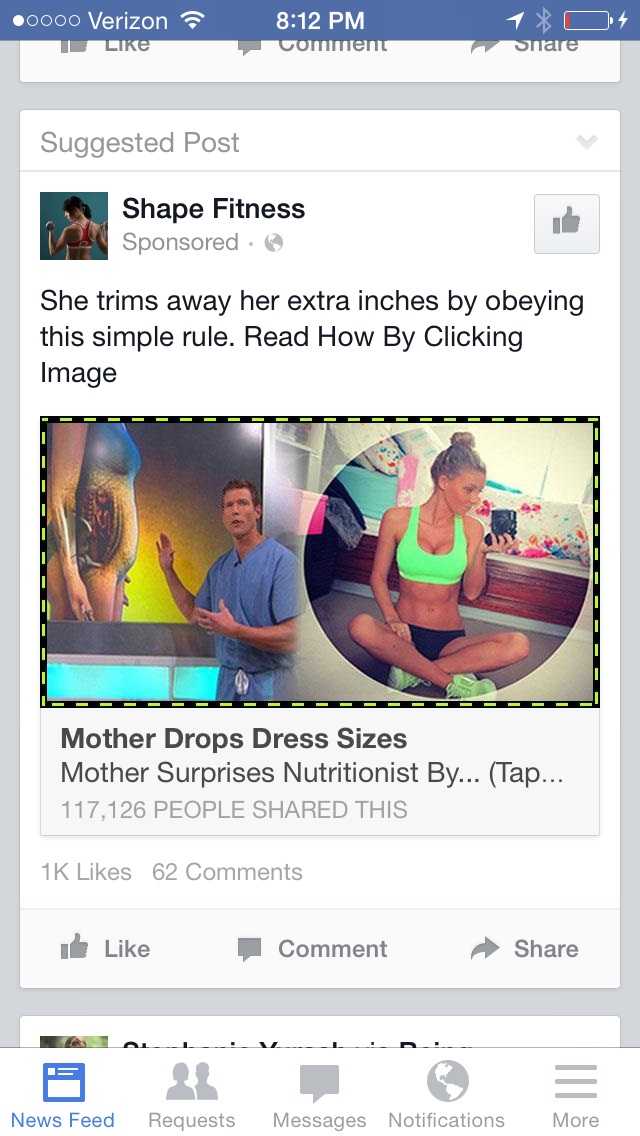
2. The card must belong to the country where you are located. If you try to attach a Russian card from Europe, the advertising account will be blocked.
3. Indicate the country where you are located. If you specify Russia, but you are somewhere in Australia, the advertising account can be disabled.
Step 3
Creating a new campaign
The advertising account has a hierarchical structure that includes three levels:
- Campaign. This is the first stage, which indicates the goal and budget for advertising. It partially determines the settings in the following steps.
- Ad group. At this level, you can set up a schedule, places for displaying ads, and an audience. There can be multiple ad groups in one campaign.
- Announcements. Here they upload pictures or videos, write advertising texts. Each group can have multiple ads.
Follow this link and click the Create button. nine0003
nine0003
Goal
At this point, Facebook* prompts you to enter a goal, the actions you want your users to take. Algorithms will show ads to those who are most likely to reach the selected goal, that is, take the actions you need.
Decide on one of the options:
- Brand awareness to help people remember and recognize the company.
- Reach, if you want your ad to be seen by as many people as possible.
- Traffic to drive people to the right place: website, WhatsApp, Facebook app* or Messenger. nine0012
- Engagement, if likes, reposts or comments on posts are more important. Separately, you can select “Page Likes” or “Invitation Responses” if you are promoting an event.
- Application installs if you want to increase the number of users.
- Video views to serve and optimize video ads.
- Lead generation will help you get people's data through special forms.
 You will be able to request a phone number, email and other information. nine0012
You will be able to request a phone number, email and other information. nine0012 - Messages to lead users directly to Facebook* Messenger.
- Conversions, if the main thing is actions on the site: calls, purchases, applications.
- Catalog sales if you want to advertise products. If you select this goal, you must first create a store and catalog in your Page settings.
- Attendance points will help attract offline visitors to a restaurant, store, beauty salon or other local business. Before launching the ad, follow this link and add the addresses of the outlets. nine0012
As of this writing, Facebook* has begun updating the Goals section. Perhaps instead of eleven goals, you have only six displayed - they were combined to make it easier to navigate. But the essence does not change.
Name
Be sure to name your campaigns, ad groups, and ads clearly. Then you will not get confused when the structure becomes many times more complicated. It is important to quickly understand where the campaign is, what settings the ad group has.
It is important to quickly understand where the campaign is, what settings the ad group has.
For example, I do this:
▪️ In the name of the campaign, I write what I am advertising and indicate the goal. For example: "Promotion arrival by the New Year, coverage."
▪️ In the name of the ad group, I briefly indicate the data of the audience and placements. For example: "Fb, Inst, mzh, 24-35, Moscow time, Drawing."
▪️ Sometimes I also give important information in the ad title: format, image description, call to action, and so on. For convenience, I add abbreviated names of UTM tags.
And you can come up with your own algorithm for creating names. nine0003
Budget
In this section, Facebook* offers to use Campaign Budget Optimization. If you're creating more than one ad set, enable this feature.
The algorithm will distribute the budget in favor of more effective groups: well-performing ads will receive more money, poorly performing ones - less.
Choose one of the ways to allocate the budget - specify the amount you are willing to spend for one day or the entire period of the advertising campaign. You can try both options and see what is more convenient and more suitable for you. nine0003
Do not bet too much if you have just created an advertising account and are running ads for the first time. This is a guaranteed lock. In new offices, I start with a meager amount of $2-8. Only when the ad passes moderation and shows the first results, I gradually increase the budget to the desired one.
If you have little experience, leave the minimum price in the rates section. Facebook* will set its own bids, trying to get more results for less money. When you feel ready to go further, start reading Facebook*'s guide to bidding strategies. nine0003
If your targeting is actions that you need to respond to quickly (for example, calls), turn on the "Show ads on schedule" feature. Then people will apply only during working hours, you will not miss a single application.
To enable this feature, set a budget for the lifetime of the ad. You can set up a display schedule later - at the ad group level.
If everything is ready at this stage, click the "Next" button in the lower right part of the cabinet. nine0003
Step 4
Create an ad group
In this step, when you select some goals, Facebook* asks you to select a Page to promote.
Target sites
If you selected the Traffic, App Installs, Lead Generation, Messages, or Conversion goals, select where you want to drive people.
For example, this is how the site selection for the "Conversion" goal looks like. You need to specify the location where the target action will occur (for example, a purchase or a visit to a website). nine0003
If you want to direct people to WhatsApp, link it to your Page. Next, select a country and enter the number.
Dynamic creatives
In dynamic creative ads, the algorithm combines different variants of text, buttons, images or videos. Accordingly, you will have to download several variants of each of these elements. Facebook* will analyze which combinations provide the best results and show them instead of ineffective ones.
Accordingly, you will have to download several variants of each of these elements. Facebook* will analyze which combinations provide the best results and show them instead of ineffective ones.
This function is optional, but worth a try - it can bring good results. nine0003
Optimize for ad serving
This feature improves ads at the ad group level. If you are just starting to work and do not know what will fit, pay attention to the recommended option. Facebook* respects the selected campaign objective.
Some options are not marked with this label, but are selected by default. You can read a brief description and, if everything suits you, leave it as it is.
Show planning
Set the start time for ads. An expiration date is optional, but it's best to do so. In the future, you can extend the show if necessary.
If you are advertising a temporary promotion, the expiration date is required.
One day I hoped that I would turn off advertising when there were enough sales. I go to the advertising office for this - and my account is blocked. But the ads keep popping up. People call, but the goods are no longer available - everything was quickly sold out. As a result, ads were shown for nothing for more than a day - I just bled the money. Given the time frame, this would not have happened. nine0003
I go to the advertising office for this - and my account is blocked. But the ads keep popping up. People call, but the goods are no longer available - everything was quickly sold out. As a result, ads were shown for nothing for more than a day - I just bled the money. Given the time frame, this would not have happened. nine0003
Step 5
Audience settings
For Facebook* targeted ads to work, you need to know who your audience is and what they want from your product, where they live and what they are interested in. Without it, you will only be wasting your money.
How and why to divide the audience into groups
Not all entrepreneurs can clearly name who exactly their audience is. A common answer is “Everyone needs my product.” But this is true only if the product is salt or toilet paper. Most often, the audience is a group of some people. And you need to target them, not everyone in a row. nine0003
One way to define these groups is the Khramatrix model. Sample questions and answers:
Sample questions and answers:
What product or service do you provide? English lessons for children from 6 to 11 years old.
Who uses the product or makes the purchase decision? In our case, these are the parents of children aged 6-11.
Why does the consumer need your product? Parents of children aged 6 need preparation for school, parents of children aged 7-11 need help to learn the language or do homework, fill in knowledge gaps. nine0003
When is your service needed? In our case, the main flow falls on the period approximately from August to March.
Usually the fifth question is "Where can I find your audience?". But for targeted advertising, it is more useful to answer the question “ What is your audience interested in ?”. Our audience of parents is interested in what is connected with children. For example, education, health, family.
Specify general demographic characteristics: gender and age, where they live, what level of income . Women 26-37 years old, live in Moscow. Above average income.
Women 26-37 years old, live in Moscow. Above average income.
How ready is a person to buy? Perhaps he is thinking that the child would need to improve his English, but has not yet looked for a teacher. Or already looking for a teacher, reading reviews, studying prices and other conditions.
What influences the choice? What is important to him in the product? When choosing a teacher, it is important that he be delicate, tactful, supportive, able to find an individual approach to the child and explain everything in simple terms. They want to see immediate results. nine0003
What action do you expect from a person: call, subscribe, register, fill out a form or something else? It is necessary that the parent fill out the form, leave his name and phone number - the teacher will call him back. You can also write to WhatsApp or Direct.
Now it's clear who exactly to launch targeted Facebook ads*, what settings to choose in the advertising account and what to convey to the audience. All information is easier to pack in a special table:
All information is easier to pack in a special table:
Please note that after answering the questions and completing the table, there may be several different groups. In this case, it is better to create individual ads or ad groups to hit the right target.
Life hack: to answer the eighth question “What influences choice? What is important in the product?”, read reviews about competitors - people write what is important for them.
How to create and set up a new audience
Now you can do the settings. Write the name of the city in the field "Search for locations" and select the desired option. nine0003
You can also enter individual streets and metro stations. Or set up a narrower geography for displaying ads through the "Tag" button. It is located at the bottom right of the map.
Select gender and age.
Now specify more precise audience settings - interests, behavioral characteristics and demographics. In the "Detailed targeting" section, find the search bar and click "View". Select a category and find a suitable interest. You can start writing and choose from the options offered. nine0003
Select a category and find a suitable interest. You can start writing and choose from the options offered. nine0003
For example, in the section “Demographic interests → Parents → All parents”, you can find parents of children of different ages.
How do I target on Facebook* an audience with an above-average income? Think about what characteristics these people have. For example, they often travel, visit prestigious restaurants and other establishments, hold status positions, use Apple technology and expensive smartphones. All these settings can be found in the advertising account.
Pay attention to the right side of the advertising cabinet. Here Facebook* suggests how wide or narrow the audience is. nine0003
Where else can you get an audience for targeted ads
Facebook* can create audiences from people who have already interacted with your company or ad. In the Custom Audience section, click New → Custom Audience.
Hover over each source and read the description.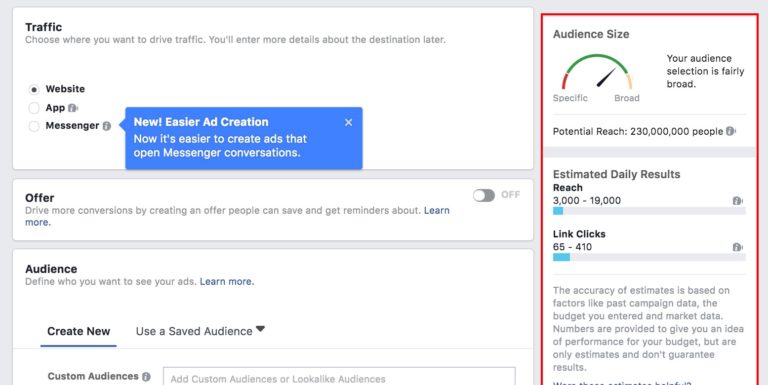 You might want to create an audience with one of these.
You might want to create an audience with one of these.
If you have a customer base with phone numbers or email addresses, create an audience of these people. Select "Client List" and click "Next". nine0003
Facebook* will tell you what to do: you will download a file with a sample filling, create your own file and upload it back to your account. It is convenient that this file can only contain phone numbers or email - you do not need to enter any other data.
Look for the created audiences in the Custom Audience → Custom Audience section.
How to Create a Lookalike Audience
One of the cool features of Facebook* targeting is finding and collecting audiences that are similar to yours. The tool is called Look-alike and usually gives good results. nine0003
For example, you have a ready-made audience of people who interacted with an Instagram account or ad*. In the Custom Audience section, click New → Lookalike Audience.
Select the source for which you want to build a Lookalike Audience.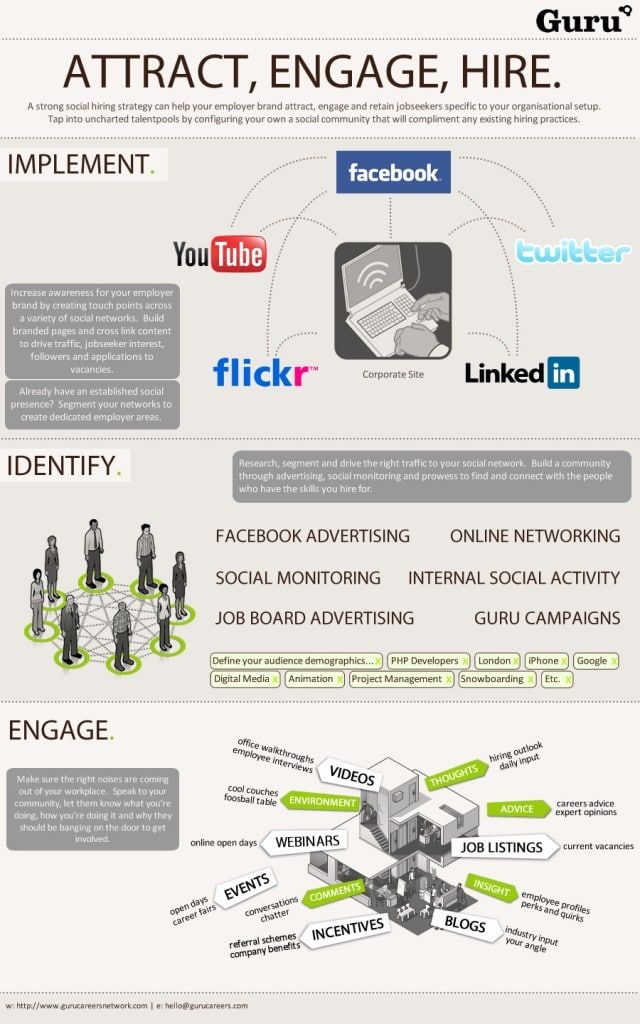
Select a percentage from the drop-down list or scale. The lower the percentage, the more the audience is similar to yours, the higher the percentage, the wider the audience. Start with 1-2%, then you can try a higher range.
Click "Create Audience" to finish. If you choose above 1%, Facebook* will create a separate audience for each percentage. Look for these audiences under Custom Audience → Lookalike Audience.
Detailed targeting extension
Meaning: you allow the algorithm to show ads to those who do not fit the selected interests, but are highly likely to respond. It is worth enabling the function - it can improve the result.
The Facebook* Detailed Targeting extension is available for all campaign objectives except Brand Awareness and Reach. nine0003
Select placements
Select Manual Placement Selection.
Advertising account offers four main options:
- Facebook* - placement within the social network: feed, Stories, Right column, search and so on.
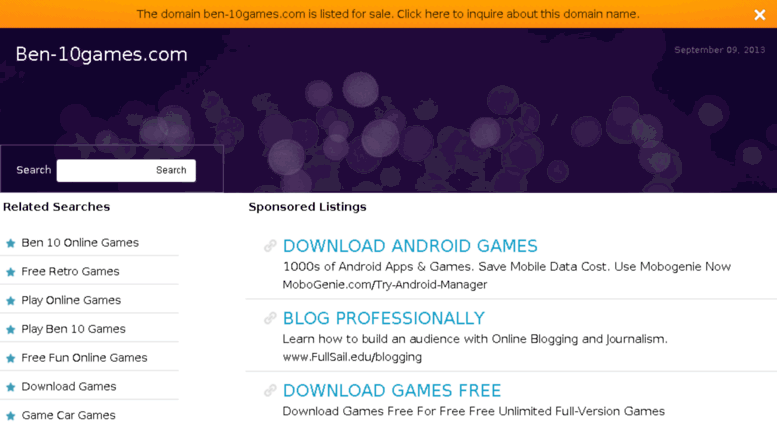
- Instagram* - impressions only there: feed, Stories, Reels.
- Audience Network - partner sites and apps.
- Messenger - respectively, advertising in the Facebook messenger *.
Instagram* is excluded as we work with Facebook* targeted advertising. If you still want to run ads on Instagram*, it's best to set them up separately. nine0003
Below you can manually remove or add specific placements.
In Devices, you can turn off impressions for PCs or smartphones. For example, if you know for sure that for some reason they don’t buy from mobile devices.
Another interesting feature is showing ads only to users of specific devices or operating systems.
Step 6
Create announcements
Now you can work with announcements.
How to create a new ad
In the "Ad settings" section, select "Create ad" from the drop-down list. Available formats:
- Single image or video.

- Ring gallery.
If you chose "Single image or video", upload your media file, write your ad text and title.
If you plan to lead people to the site, provide a link. Add a call to action that will be on the button.
If you have chosen a gallery, do the same. Add a photo or video, title, description, link for each card. Below, write the main text and select a call to action. nine0003
Activate the item "Automatically show the highest scoring cards first". This will help keep attention on advertising and improve results.
The screenshot shows what a targeted Facebook* ad with a carousel looks like. A person will scroll through all the cards and, if he likes something, will follow the link.
How to promote an existing post
If there is a good post on the Page, you can start promoting it from the ad account. In the "Advertising settings" section, select "Use an existing post" from the drop-down list.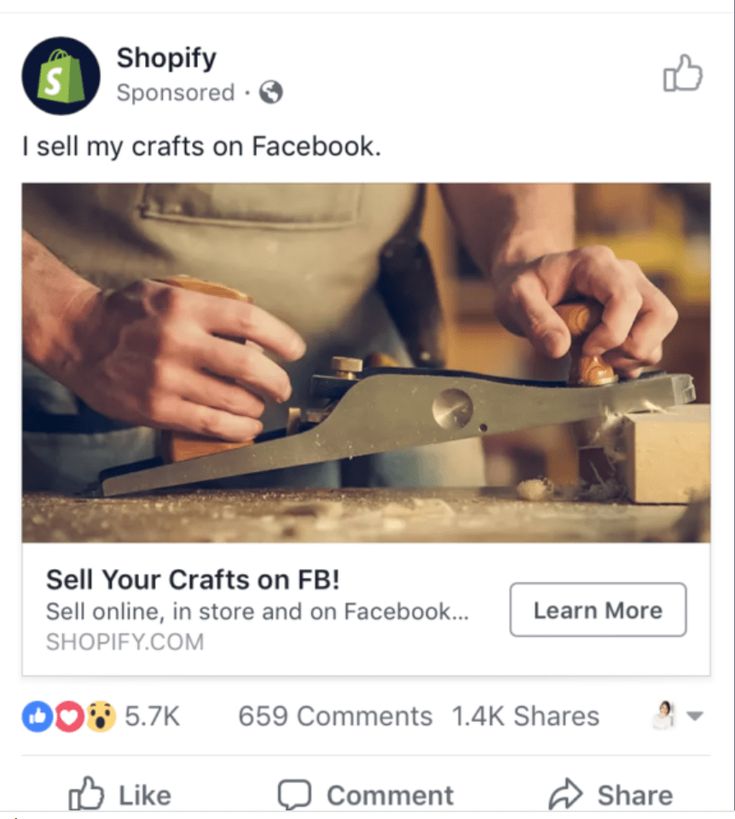 nine0003
nine0003
In the Promotional Creatives section, click the Select Post button.
Find the publication you want to promote in the list and click on it.
Upload images in jpg or png format that are up to 30MB in size. Consider the minimum dimensions, be sure to read the aspect ratio requirements. Stick to them so that the ad looks organic.
Basic requirements for videos and gifs - no more than 4 GB in size, duration from 1 sec. up to 241 min. nine0003
Step 7
Launch ads
To launch targeted Facebook* ads, click the Publish button in the bottom right of your account. If something went wrong - for example, you forgot some settings or incorrectly specified the budget - turn off impressions with a special switch. In the same way, you can disable ads at the ad or group level.
It remains to wait until the ad passes moderation - a check for compliance with Facebook* rules. The official note states that most campaigns are moderated within 24 hours. But this does not mean that you will definitely have to wait a day - usually much faster. nine0003
But this does not mean that you will definitely have to wait a day - usually much faster. nine0003
After the launch, the learning phase begins - the algorithm analyzes which audience responds best to the ad in order to show ads to similar people. Don't make any major changes to the ad while the tutorial is running or it will start over again. You can read more about this step in the official Facebook* guide.
Step 8
Analysis of results
To understand whether advertising is effective or not, study the indicators at different levels, taking into account promotion goals. nine0003
Let's say you need leads: applications or orders on the site. Then you need to watch not only reports in the advertising account, but also web analytics data. For example, it is worth tracking how users who have switched from Facebook* targeted ads behave.
Important:
- Advertising may not work. Target is not a magic “Loot” button.
 There are many factors that affect performance: product quality and price, seasonality and demand, the right choice of audience, the readiness of the Page or site for advertising, the quality of the ad. nine0012
There are many factors that affect performance: product quality and price, seasonality and demand, the right choice of audience, the readiness of the Page or site for advertising, the quality of the ad. nine0012 - Target may not give quick results. The client may not buy right now, but remember: take a screenshot of the ad, subscribe to the Page, write down the number. And make a decision later.
Advertising account
Facebook ad results* - to the right of the campaign, ad group or ad name.
Main indicators:
- Reach - how many people saw the advertisement.
- Impressions - how many times the ad was viewed. There are more impressions than reach, as a person can see the same ad two or three times. nine0012
- CPM - cost per 1,000 ad impressions. The lower the score, the better – it’s beneficial to make impressions as cheap as possible.
- Cost per result - the average cost of achieving campaign goals.
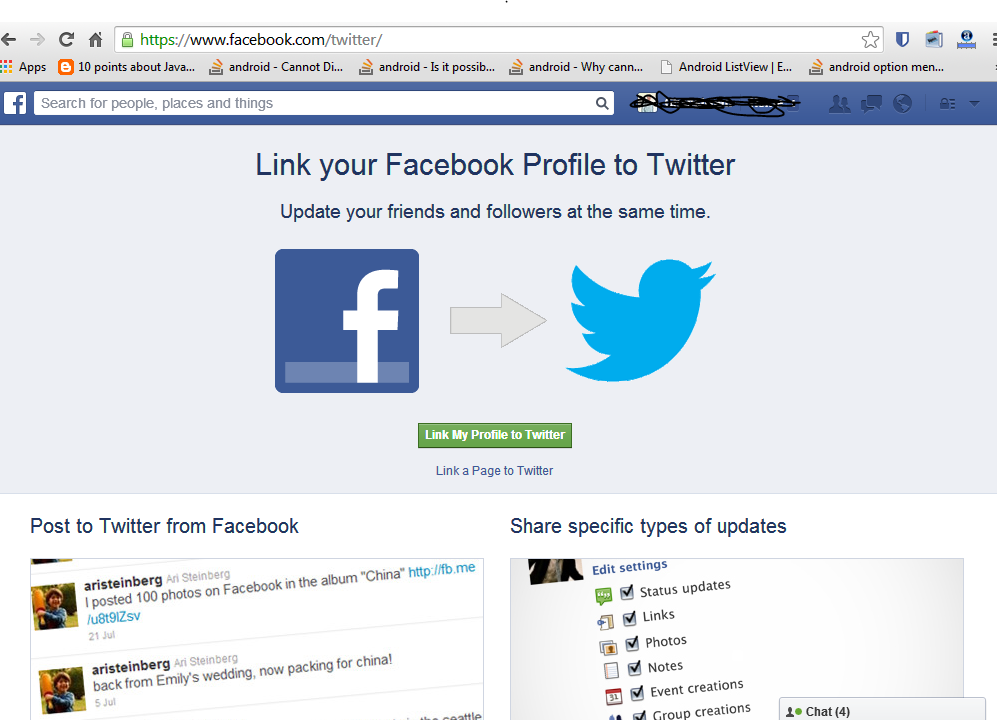
- Link clicks — number of times the link in the ad was clicked.
- Click through rate (CTR) is the ratio of the number of clicks to the number of impressions. The higher the score, the better — it pays to have as many people as possible click when they see the ads. For starters, you can focus on a minimum of 0.6–0.8%. In general, CTR depends on many factors, including the business area. nine0012
- Cost Per Click (CPC). The lower, the less advertising costs. Click-through rate (CTR) affects the cost of a click.
- Video views at point 25, 50, 75, 95, 100%. The indicator helps track the viewing depth - how long people watch videos. If the score is low, you can try another video.
- Conversions - the number of targeted actions that the user performed. To track conversions on your site, you need to install the Facebook pixel* (more). nine0019
- Conversions, such as placing an order or adding an item to the cart.
- Bounce rate - how many people left the site within 15 seconds. A high score may indicate an irrelevant page that is being landed on from an ad, an incorrect audience choice, or poor site design. nine0012
- View depth - the average number of pages visited by one person. The higher the score, the more the site is interesting to visitors.
- Time on site - how long does one session last on average. The longer a person is on the site, the better for the same SEO.
- Enable A/B testing when creating a campaign.
- Setting up your first campaign and ads.

- After posting, Facebook* creates a copy and offers to edit it.
- Next, the algorithm evenly distributes impressions between an equal number of users. nine0012
- Based on the results, you can see which advertisement worked better and use it.
- Track and remember the people who visited the site to show them targeted ads. Or, on the contrary, to exclude from impressions.
- Understand how many conversions you get from ads.
 And calculate how effective it is.
And calculate how effective it is. - Created an account with real first and last name.
- Information about the company, its address, phone, email and other means of communication.
- Avatar and cover.
- At least 5 publications. nine0844 Photos or videos - the visitor immediately sees what they are selling.
- Customer Reviews.
- Call to action button.
- Attached your card: the name on it matches the name of your Facebook account*.
- Specify the country in which you are located, and the bank card corresponds to it.
- Set a not too big budget.
- Know exactly who your audience is.
- Divided the audience into groups using the Khramatrix model.
- We chose the city, gender and age.
- Indicated interests or behaviors.
- Enabled "Detailed targeting extension".
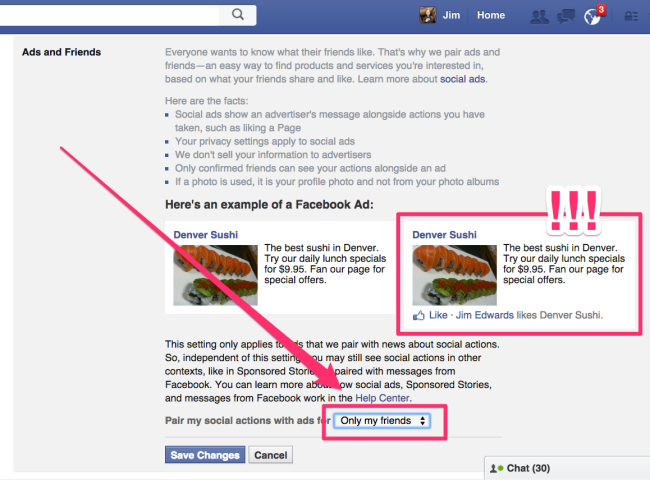
- Manually selected placements, excluded Instagram*.
- Selected specific placements, excluded unnecessary ones.
- Selected the desired devices, operating systems or device models to display ads. nine0012
- Select a format and upload images or videos that meet Facebook* requirements.
- Wrote the title and text of the ad.
- Added a link if you want to lead people to third-party sites.
- Added a button with a call to action.
- Activated the item "Automatically show the highest scoring cards first".
- Clicked "Publish" - the switch to the left of the ad name turned blue.

Which metrics to pay attention to depends on the goal.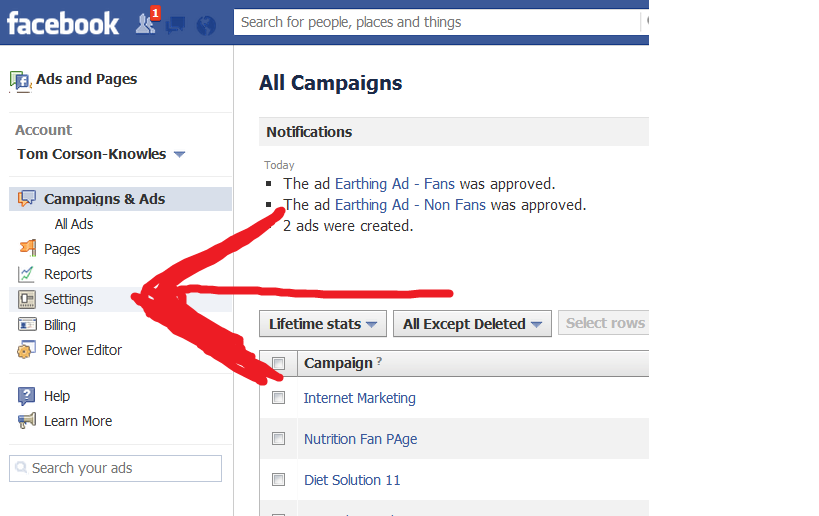
Let's say we need to increase conversions. Then it is worth tracking their number and coefficient (the ratio between the number of conversions and, for example, the number of clicks / transitions). And also the cost of one conversion and the payback of advertising. If it turns out that the costs are higher than acceptable, analyze the site, advertising, product to find the problem.
Additionally, it is worth looking at coverage, impressions and cost per 1,000 impressions, the number of clicks, click-through rate and cost per click. Explore different metrics as you work on ad performance. nine0003
To understand the approximate average values for your industry, it will be useful to ask around in the communities of entrepreneurs, SMM-specialists and targetologists. Perhaps one of the colleagues worked with the same niche and will tell you something.
Sometimes, by default, extra indicators are displayed, but there are no necessary ones. Therefore, it is easiest to customize the columns for yourself. Click the table icon and select Customize Columns.
Click the table icon and select Customize Columns.
Check the required metrics and remove unnecessary ones.
Behavior on site
If you bring people to the site, track how they behave here. This will help web analytics, or rather, Google Analytics and Yandex.Metrica. You can explore:
One of the Yandex.Metrica tools, Webvisor, allows you to see the site through the user's eyes.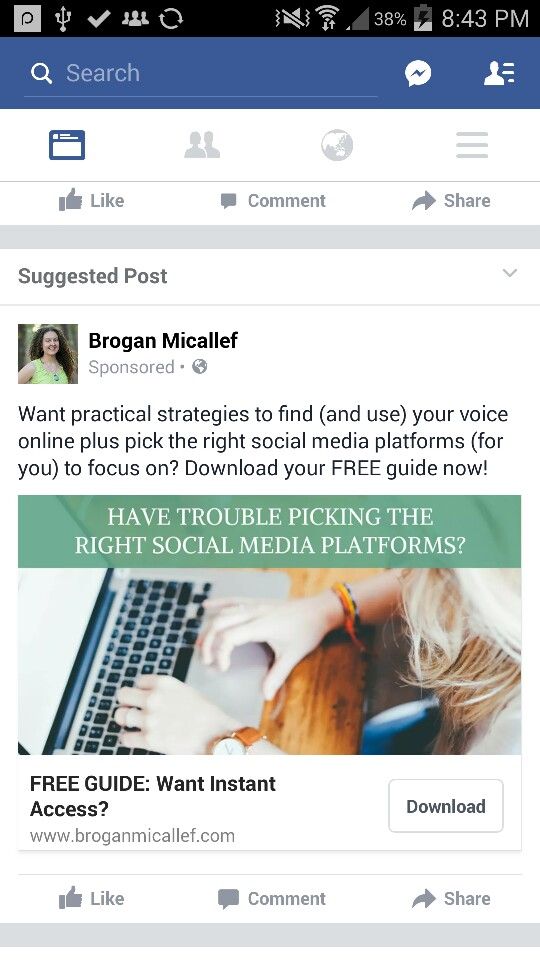 Screencasts will visually show how the visitors who were brought by targeted advertising Facebook* behave. nine0003
Screencasts will visually show how the visitors who were brought by targeted advertising Facebook* behave. nine0003
Behavior on the Page
You can evaluate the growth of new subscribers, the reach of posts, messages in Messenger, as well as engagement - likes, comments, shares.
In general, you can even find out how FB advertising affects offline sales. The options are different: surveys, the use of a special number (call tracking), promotional coding. There is also end-to-end analytics that allows you to more accurately calculate the effectiveness of advertising and ROI (return on investment).
nine0008 A/B testingYou must have seen this feature when creating a new campaign. Useful if you want to test different versions of text and images, audiences and other settings.
The algorithm is as follows:
Test one thing: an image, text, or another parameter. If you change several parameters at once - for example, the text, the image, and the interests of the audience - you will not understand why the ad worked better or worse. And if only the picture was replaced, it is immediately clear how it affected the result.
Facebook Advertising Pixel*
A pixel is a special code that is embedded on a website. With it you can:
For example, an online clothing store might store the data of those who have visited the section with dresses, and then show them ads with new products. Or find potential customers who put items in their shopping cart but didn't buy and offer a personalized discount. nine0003
The Unisender blog has detailed instructions on how to install an FB pixel on a website. This is not necessary to run ads, but is very useful for ad analysis.
Self-test checklist
Page design
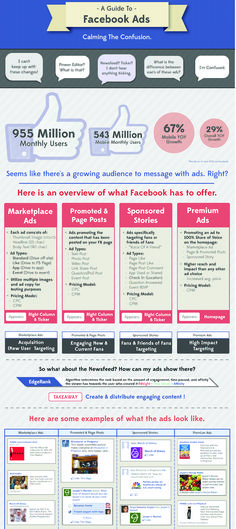
Advertising account and payments
Auditorium
Placements and devices
Ads
Advertising launch and analysis


